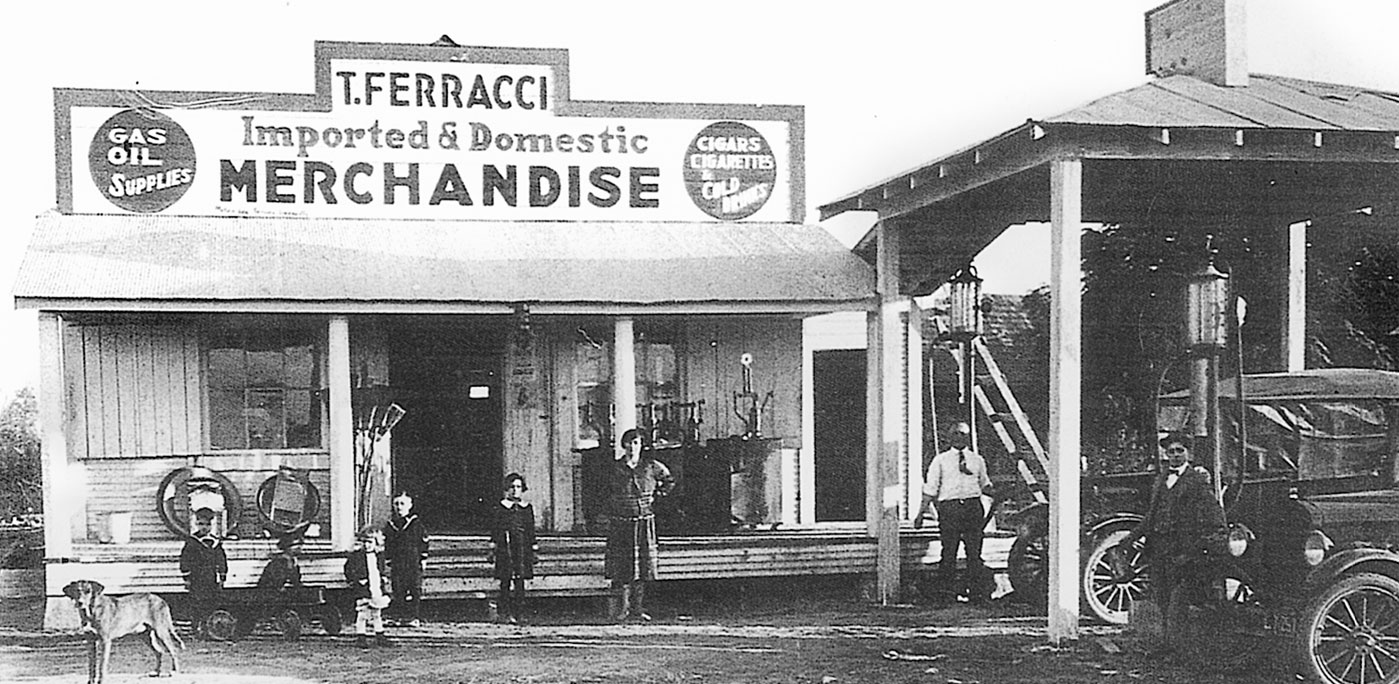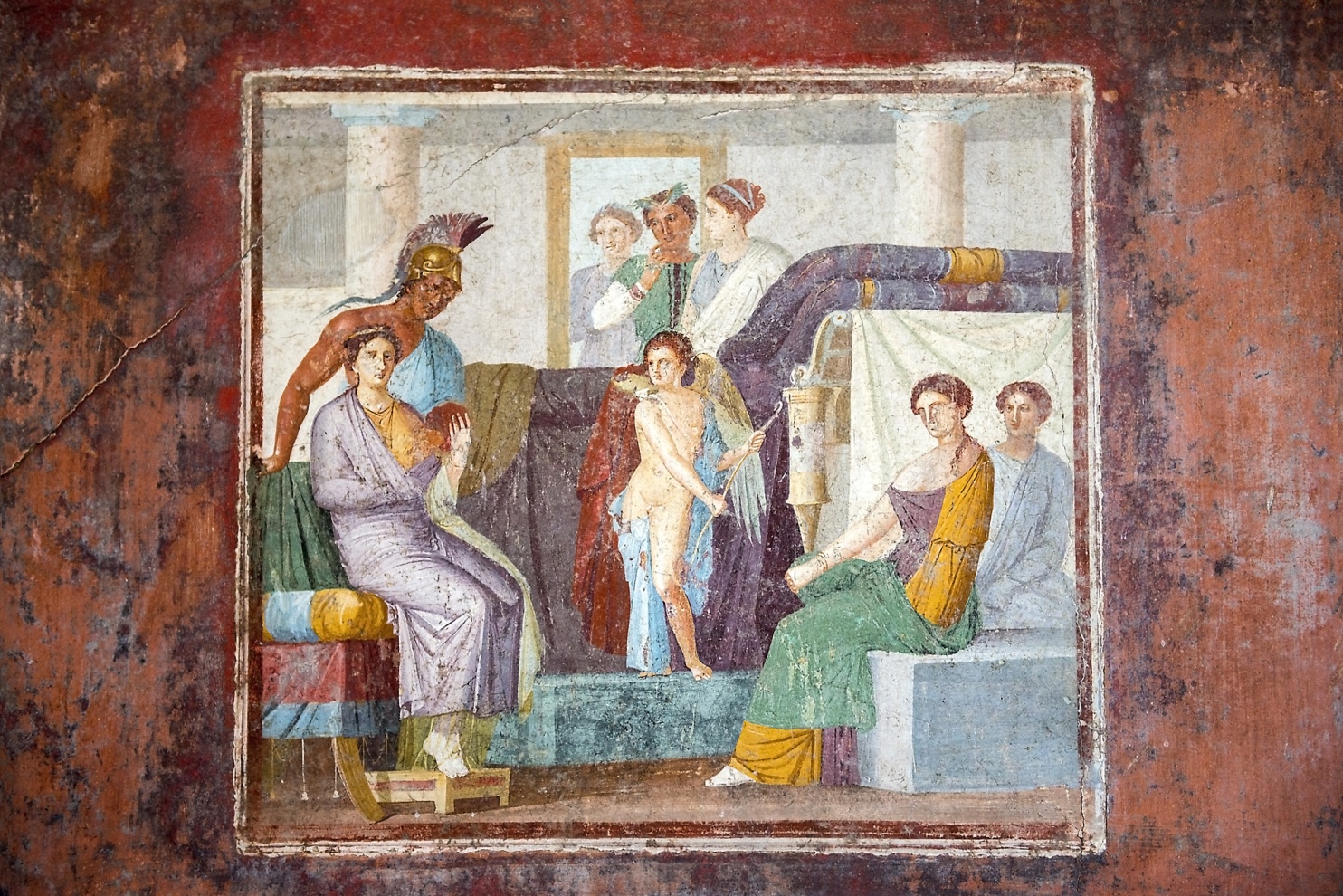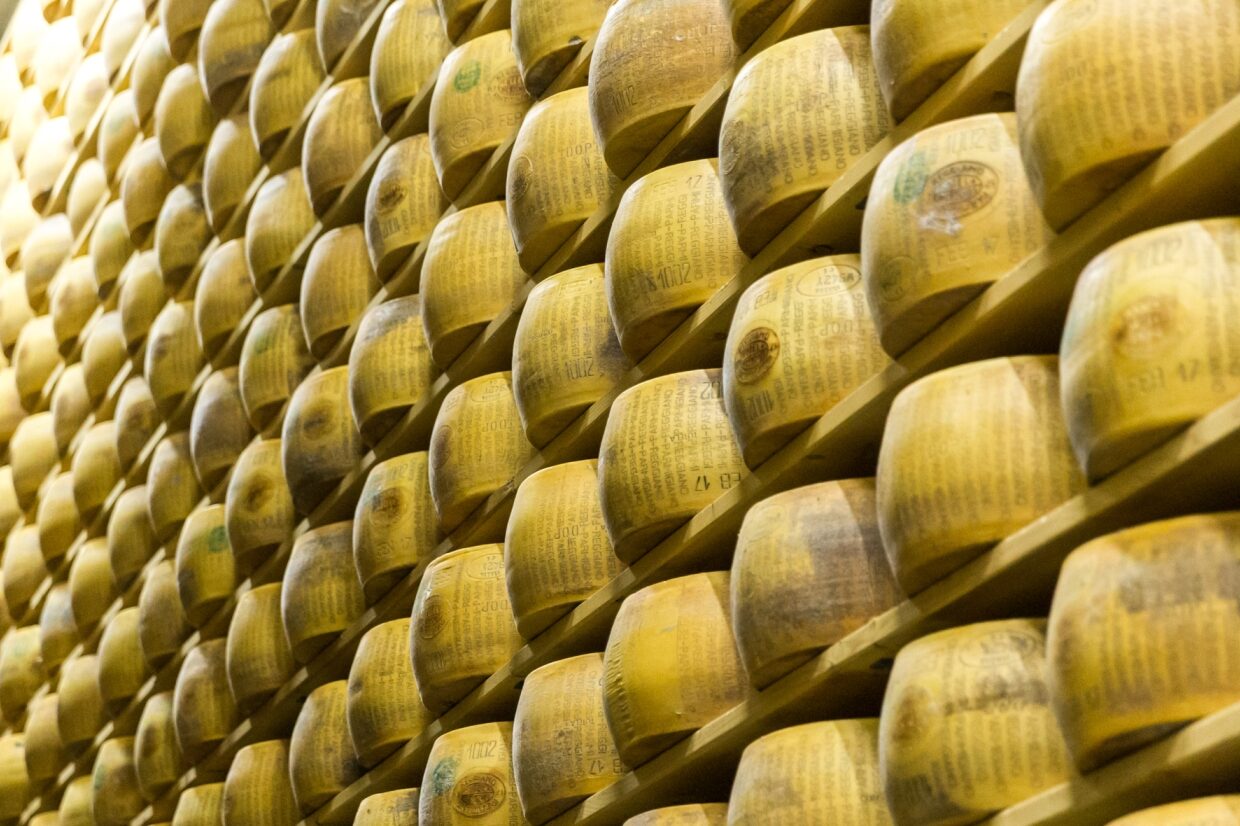Endless row upon row of cotton fields, shimmery white as far as the eye can see. A frosty glass of Southern sweet tea offers companionship to a plate of piping hot fried chicken. The wail of an old blues tune lifts mournfully through the window of a dusty juke joint.
Images, sights, and sounds that certainly conjure up a good old-fashioned version of the American south – specifically the area known as The Delta, a region encompassing the fertile grounds of The Old Muddy mainly throughout Mississippi and Arkansas. But what if I threw in names like Bramuchi, Aguzzi, Fratesi with the claim that they, too, were as entrenched in Delta culture as anything found in “The Most Southern Place on Earth”?
The story of the Delta Italians is one almost lost to time; a story rich in struggle, overcoming, and influence on the American South that begin rather optimistically on the soil of Sunnyside Plantation in 1895.
The end of slavery after the Civil War left the south and its agrarian economy struggling. Newly freed slaves often left for better opportunities in the north, creating a labor vacuum that plantation owners sought to fill. One such scheme was conceived by a fellow known as Austin Corbin, a rich share-holder in the Sunnyside collection of plantations. With a hefty dose of savvy, a bit of luck, and some elbow-rubbing with Don Emanuele Ruspoli, then-Mayor of Rome, a partnership was struck with Italian diplomats and an Italian immigration agency in New York to recruit the hardy farmers of the Marche, Ancona, Emilia, and Veneto regions.
Corbin’s belief was that the Italians would make fine farm labor based on their long-standing experience with the mezzadria system — a share cropping agreement where extended families dwelled together, worked the land owned by the padrone, and shared, although that word is used lightly in this context, the harvest. And of course, he hedged his bets on the premise-immemorial of the lure of promise of a better life.
In 1895, ninety-five Italian families arrived at Sunnyside, contracts in hand, which Jeannie M. Whayne quotes in her book “Shadows Over Sunnyside”, were “quasi certificates to the possession of American land”. With an obligation of twenty-two years labor before land ownership was possible and a skeletal five percent return on harvests, the mezzadria system left behind in the Motherland now seemingly settled alongside them like an unwelcome relative. Furthering the plight of the Italian newcomers, the plantation controlled the cotton gins, the company store, the packing house, and the railroad. Working side by side with the freed slaves remaining, these hardy folk found this promised land wasn’t quite all it was cracked up to be.
And just as many slaves had endured prejudice and ill-treatment, so, too, did these Italian newcomers. In Tallulah, MS in 1899, five Italians were lynched upon being accused of the murder of a local doctor, with the bloodshed reaching further to several shopkeepers being hanged by a vigilante mob, as well as two bystanders being killed. Louisiana became an international symbol of Anti-Italianism during the early 1900’s when eleven Italian immigrants saw death by lynching in New Orleans for their alleged participation in the murder of police chief David Hennessy. Feelings of distain for these labeled derogatorily as “dagos” ran deep for a period that reached into the early 1920’s before acceptance and true integration began to occur.
Not all stories of hardship, persecution, and strife end on a happily-ever-after note, but for many of the families that survived the arduous struggles this new life brought, hard work and perseverance bore long-standing results, and the flavor and culture of Italy is alive and well in pockets of the Southern Delta region.
Dr. Paul Canonici is the direct descendent of a family that found its way from the Marche region to the Delta. And this man literally “wrote the book” on this precious piece of Italian history — “The Delta Italians “ (2003) and “The Delta Italians – Vol. II” (2013). I was able to visit with the spry and witty 89 year old Paul recently about his story and his works.
Paul’s parents immigrated to Mississippi in the early 1900’s with hopes of a better life for their combined family. Born in Shaw, MS, Paul was the youngest, and although he heard the stories in his youth, like most of us, he had better things to do than listen to the ramblings recounting a world he had never known.
Departing Shaw after high school, Paul sought an extended education that led him to an illustrious career in the priesthood and Catholic education. He ventured to Italy for the first time in the early 1970’s, after his parents were deceased, traveling to the area where his family roots lay.
Through a series of serendipitous events, Paul found direct descendants still living in the Marche, including a first cousin and elderly uncle who, blessedly, was still clear in thought and full of stories — “Meeting the only uncle I had ever known, my emotions were at the point of explosion!”
The stage was set and a fire ignited that still burns bright — the desire to preserve and tell the stories of these hard-knock people who left their homeland and helped chisel the American south. Paul’s mere curiosity became a full-out quest to discover and save as much of this dying history as he could, a salve of sorts for the regret he felt in not asking his parents more while they were still alive. Thus began the extensive research and trips that resulted in the compilation of history and tales in his two books chronicling the collected stories of this beloved shared history.
And despite his 89 years and recent heart surgery, this incredibly interesting man has apparently only slowed a bit — still traveling, still seeking, still thinking with the curiosity of a child. His literary credits also include “La Befana – The Italian Christmas Legend”, “my personal version of Italy’s most popular legend, presenting Befana as a sweet grandmother rather than as a ‘kitchen witch’. It also contains my own artwork.”, and “So Italian”, a compilation of recipes, essays, and sketches from Paul’s travels throughout Italy.
The DNA of Italy is as much a part of the rich, fertile land of the Delta as is the bountiful cotton that springs from its soil. Today, many of the wealthiest land owners and farmers are those with Italian surnames; restaurants and food establishments such as Greenville, Mississippi’s historic “Does Eat Place” are owned and operated by Italians; merchants and shop owners proudly display their heritage on signage and product. Truly, the Italian albatross rose from the sooty ashes of that dark soil to integrate and shape the American South. And thanks to the “Patron Saint of the Delta Italians”, this history is alive and well, telling yet another tale of shared cultures and mutual victories.
































